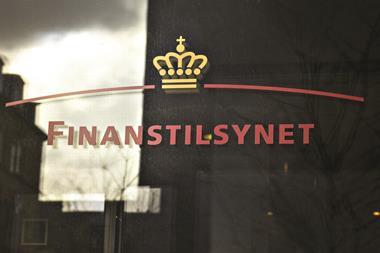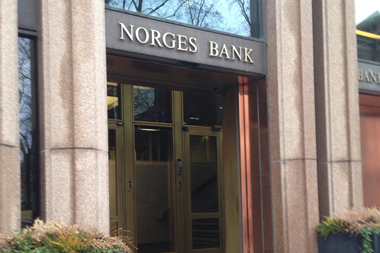FINLAND - Around 6% of pensioners in Finland rely solely on the national pension in retirement, even though a full pension provides less than half of the median income of 60% - putting them below the poverty line, the Ministry of Social Affairs and Health has revealed.
Figures from the National Strategy Report on Social Protection and Social Inclusion 2008-2010 showed in 2007 94% of all pensioners received statutory earnings-related pension - which is linked to the other statutory part of the first pillar, the residency-based national pension.
However, the size of the national pension depends on the value of the earnings-related benefits accrued through an employer, so it can reduce the national pension by 50% and if the earnings-related benefits are above a certain level no national pension is received at all.
As a result of this, a national pension was received by just 48% of all pensioners and 52% received the earnings-related pension only, while the number of people in receipt of both fell from 45% in 2003 to 42% in 2007.
The number of pensioners relying on the national pension only also dropped slightly from 8% in 2004 to 6% in 2007, however the report highlighted the full national pension is less than half of the average income of 60%, so “in practice, all recipients of the national pension are living below the relative poverty line unless they obtain income from other sources”.
In particular, the ministry claimed the risk of poverty is greatest for older women receiving a national pension - 70% of people aged 65 and over and receiving the national pension in 2006 were female - because they live longer than men, and in many cases have shorter working careers.
The risk of poverty of women aged 65 and over is 16%, compared to 11% for men of the same age, while for women aged over 75 the risk increases to 22%, while it remains 11% for men, according to Finnish statistics.
In addition, the report noted there are still “major differences in pensions for men and women” for both earnings-related and total pension as in 2006 the average total pension of female pensioners - based on earnings-related and national pensions including survivor pensions - was €1,063 a month.
This is around 49% of the average monthly earnings of female wage and salary earners, while the corresponding average income for men from the first pillar was €1,362 a month, meaning women only receive 67% of the male income.
That said, the report noted the pension reforms to encourage longer careers and higher pension levels will improve the position of older women, in relation to the risk of poverty, while the gender gap is being addressed through new provisions relating to unpaid periods from work - such as childcare - and attempts to reduce the pay gap.
The report also noted the simplification and streamlining of the statutory earnings-related pensions in 2007, into the Employees Pensions Act, means the need for supplementary pension provision “has been relatively limited in Finland, and its role in the entirety of pension provision is small”.
The report showed while collective supplementary pension schemes - based either on labour market agreements or employer related pension schemes - cover 25% of employees in the private sector, almost all of these are closed down and new employees cannot be included.
That said, the ministry’s report revealed 18% of households had individual supplementary pension insurance in 2007, and the expectation is take-up is likely to continue.
Going forward, however, the government confirmed the key aim of the pension reforms is to ensure the financial sustainability of the pension system, which still includes the objective of a higher effective age of retirement as employees can currently retire at between the ages of 62-68, with a lower pension the earlier you retire.
The report added legislation on occupational supplementary pensions under the second pillar is continuing to be developed, and claimed law amendments are being drafted to allow “contribution-based occupational supplementary pension arrangements not only in life assurance companies but also on the basis of the legislation on pension funds and pension foundations” - which would be in addition to existing benefit-based arrangements.
If you have any comments you would like to add to this or any other story, contact Nyree Stewart on + 44 (0)20 7261 4618 or email nyree.stewart@ipe.com












No comments yet